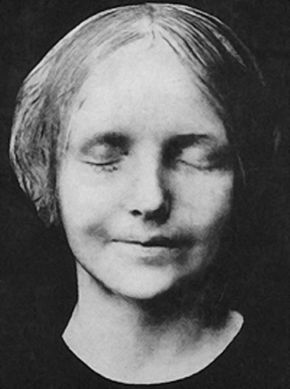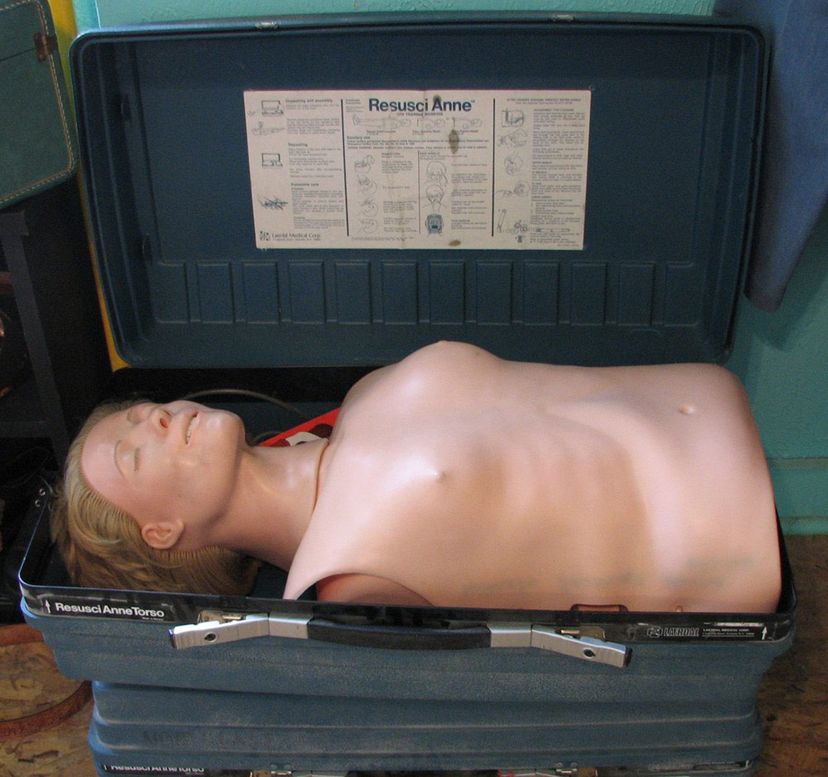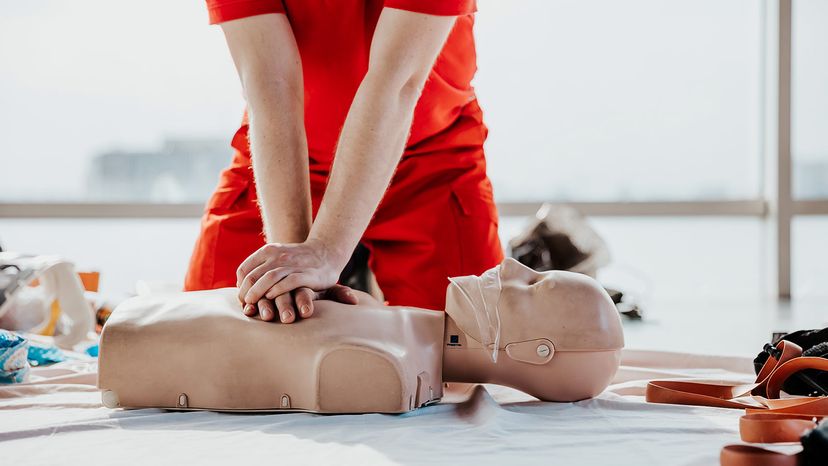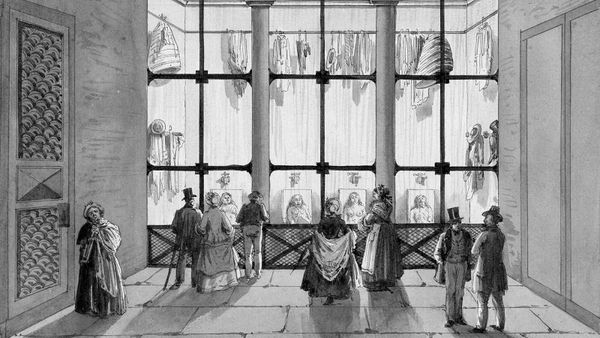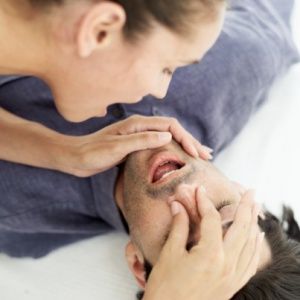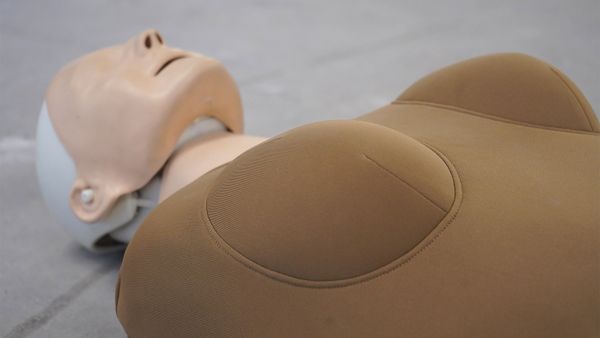Almost 150 years ago, the lifeless body of a beautiful young woman was pulled from the river Seine in Paris. The nameless girl, believed to have committed suicide by leaping from a nearby bridge, was brought to the Paris morgue, where unidentified corpses were laid out for public viewing (and macabre entertainment).
At the morgue, a medical assistant was struck by the girl's serene expression and tragic beauty. He sent for a mouleur or molder to cast her face in plaster — an object known as a death mask. Without explanation, the plaster mask of the young woman's half-smiling face was mass-produced and became a sensation in turn-of-the-20th-century Europe. Artists, poets and intellectuals hung the mask on their studio walls and dubbed her L'Inconnue de la Seine ("the unknown woman of the Seine"). She inspired paintings and tragically romantic stories. The French philosopher and author Albert Camus called her a "drowned Mona Lisa."
Advertisement
Some doubt that the mask was really modeled on a drowned woman because the face looks so smooth and perfect. But as you'll see, this isn't the strangest thing about the tale. The muse of Bohemian artists provided a very different kind of inspiration for the medical profession. In the late 1950s, the "unknown woman of the Seine" became the unlikely face of CPR Annie, the world-famous CPR training mannequin.
